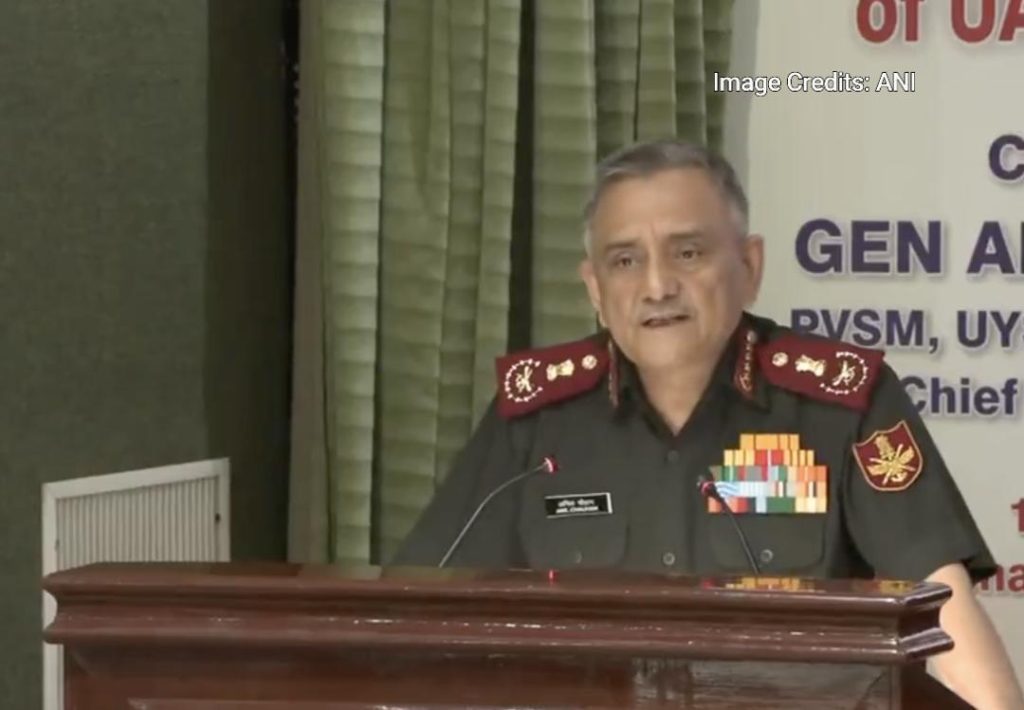
Pak used unarmed drones & loitering munitions: CDS Anil Chauhan
In the recent conflict with Pakistan, the Indian military has been on high alert, taking measures to counter the enemy’s attempts to breach our borders. In a recent statement, Chief of Defence Staff (CDS) General Anil Chauhan revealed that Pakistan used unarmed drones and loitering munitions during the conflict, but none of them caused any significant damage to Indian military or civil infrastructure.
According to CDS General Anil Chauhan, the Pakistani military used a combination of unarmed drones and loitering munitions during the conflict in May. Loitering munitions are a type of weapon that can hover in the air for an extended period of time, waiting for the perfect moment to strike. Despite Pakistan’s attempts to cause harm, the Indian military was able to neutralize most of these drones and loitering munitions through kinetic and non-kinetic means.
What’s more, some of the recovered drones and loitering munitions were found in almost intact conditions, suggesting that they never even had the chance to cause any damage. This revelation has raised questions about the effectiveness of Pakistan’s military strategy and its ability to cause significant harm to India.
The use of loitering munitions is a relatively new tactic, and it’s not surprising that Pakistan would try to utilize this technology to gain an upper hand in the conflict. However, it’s clear that the Indian military was well-prepared to counter this threat, thanks to its advanced surveillance and communication systems.
The Indian military has been investing heavily in its drone detection and neutralization capabilities, and it appears that these efforts have paid off. The ability to quickly identify and eliminate loitering munitions is crucial in modern warfare, as it can prevent significant damage to military personnel and equipment.
The CDS’s statement also highlights the importance of coordination and communication between different branches of the military. The neutralization of loitering munitions required a coordinated effort between the Indian Air Force, Army, and Navy, as well as other intelligence agencies and surveillance teams.
In recent years, the Indian military has been strengthening its drone detection and neutralization capabilities, with a focus on developing advanced surveillance systems and communication networks. The success of these efforts is evident in the CDS’s statement, which suggests that the Indian military was able to effectively counter Pakistan’s loitering munitions.
The use of loitering munitions by Pakistan is a clear indication of the country’s growing reliance on this technology. While it’s unclear whether Pakistan will continue to use loitering munitions in the future, it’s clear that the Indian military is well-prepared to counter this threat.
In conclusion, the revelation that Pakistan used unarmed drones and loitering munitions during the conflict is a significant development, and it highlights the importance of advanced surveillance and communication systems in modern warfare. The Indian military’s ability to neutralize these threats is a testament to its capabilities and its commitment to protecting the country’s borders.






